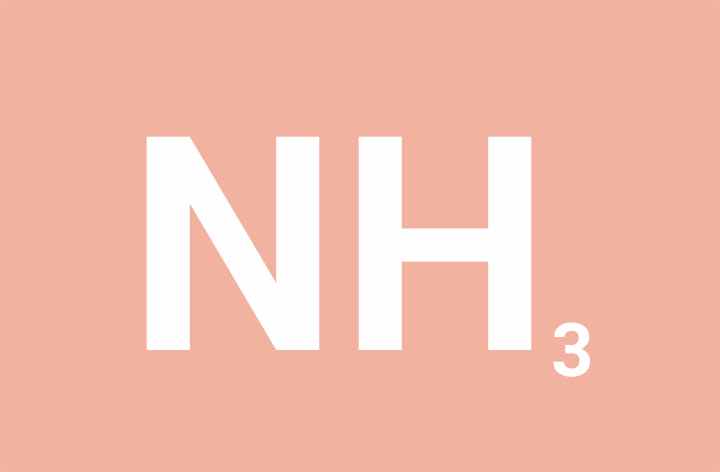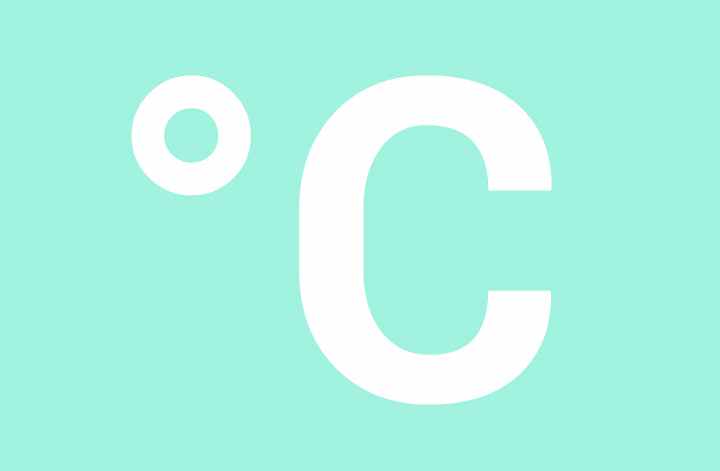Ammonia / Ammonium
Ammonia is the main waste product profuced by fish and is regarded as the second most important water quality parameter after dissolved oxygen in intensive fish farming. Even in relatively small concentrations, ammonia can cause significant stress and damage to fish especially bacteriological infections. In higher concentratons where the nitrogen cycle is not in balance ammonia can wipe out whole fish stocks.
Ammonia occurs in two forms: (1) Total Ammoniacal Nitrgoen (TAN) which is the toxic un-ionised ammonia (NH3) and (2) non-toxic ionised ammonia (NH4). The pH and the temperature of the water will dictate which form ammonia is dominant at the time. When ammonia is expelled it is converted into toxic nitrite (NO2-) by Nitrosomonas bacteria. Nictrobacter on the other hand convert nitrite to non-toxic nitrate (NO3+) which in turn is taken up by plants and algae as a food source. It is therefore important to ensure that nitrite levels are very low if not zero. If NH3 levels exceed 2ppm, fish can die.
RS Hydro provide a range of instruments to measure NH3 including handheld water quality meters with Ion Selective Electrodes (ISEs), UV-based photometers and fluorometers.




